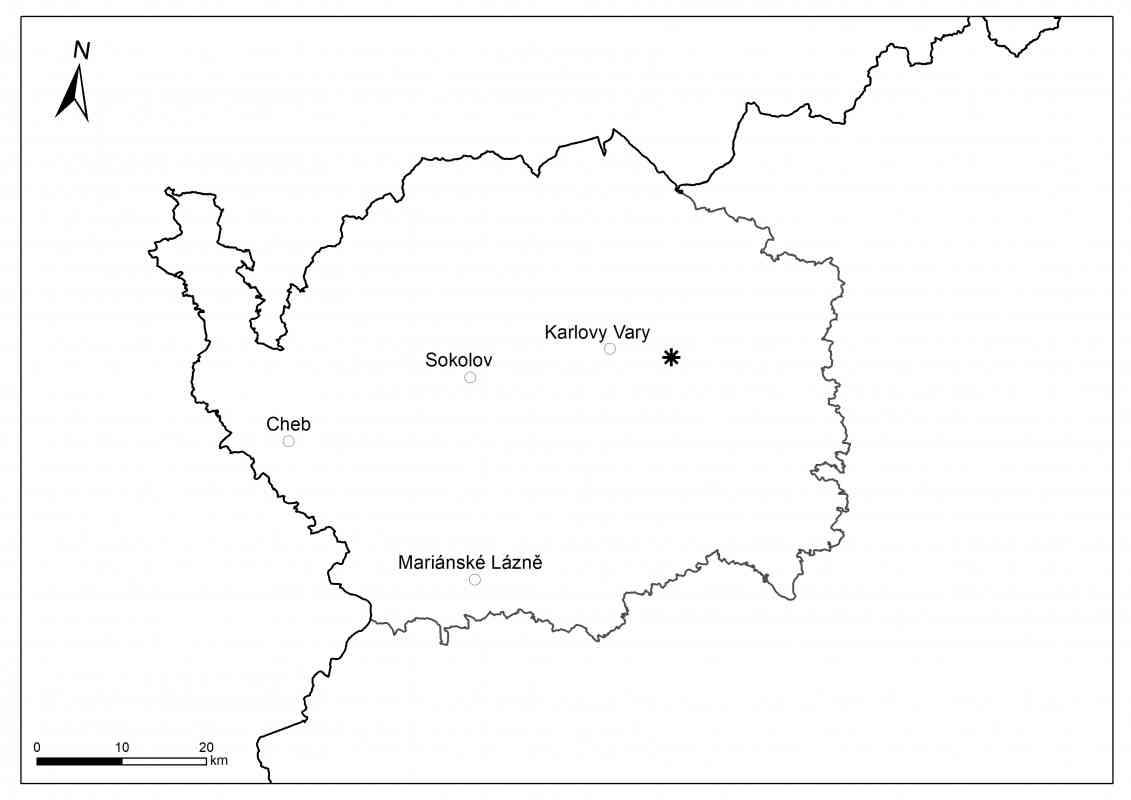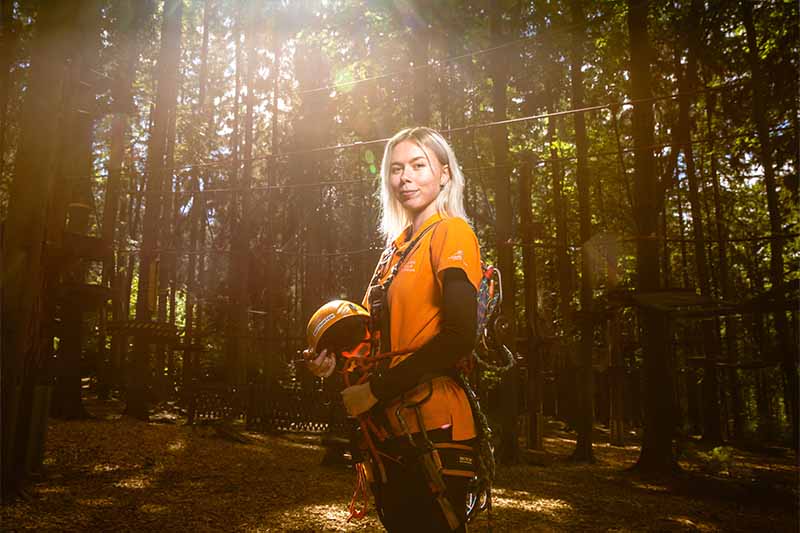Phonolite
Phonolite is a volcanic rock that is uncommon on most volcanoes. Phonolite is a special rock, representing the final stage of compositional evolution of alkaline magma. What does it mean?
When magma ascends and erupts rapidly, it remains well homogenized and once on the surface it remains well-fluid and forms wide-spread basaltic lava flows. On the other hand, if the magma resides at depth for some time, it starts to evolve. Heavier minerals rich in magnesium and iron settle at the bottom of the chamber, forming the heavier and darker portion of magma, which may produce picrites. The remaining melt or lighter minerals rich in silica, aluminium and alkalis are concentrated in the upper part of the chamber, where phonolitic magma may form.
Phonolitic magma is viscous (like honey) and only rarely erupts to form wide-spread lava flows. When erupted, phonolite rather forms loaf-like bodies – called lava-domes, or laccoliths, when emplaced shallow under Earth´s surface. Phonlites occur scarcely in Karlovy Vary region. Phonolite volcanic spine of Šemnická skála rock and phonolite neck Andělská hora Mt. are among the few occurrences.
Platy jointing gives phonolite its typical character – vibrant sound when hammered.
Sample donated by the Farm Bor ZEOS, Ltd.
Rock type
Locality
Age

Parkování Goethova vyhlídka
Zaparkovat můžete na přírodním parkovišti (16 míst) vzdáleném cca 300 m od vyhlídky. Dále na určených zpevněných plochách podél cest, kromě křižovatek, výhyben, odboček (nutné ponechat průjezd pro hasiče, záchranáře a kamiony se dřevem).
Parkovacích míst v letní sezóně většinou není dostatek. Doporučujeme využít autobusovou dopravu. Nejkratší možností přístupu je vyjít ze zastávky autobusů MHD č. 8 Hůrky asi 1,2 kilometru vzhůru Gogolovou stezkou.
Kavárna a rozhledna
- Pá
- 11:00 – 17:00
- So - Ne
- 10:00 – 17:00
Vstup na rozhlednu je možný pouze za příznivého počasí.
V případě dotazů nás prosím kontaktujte




